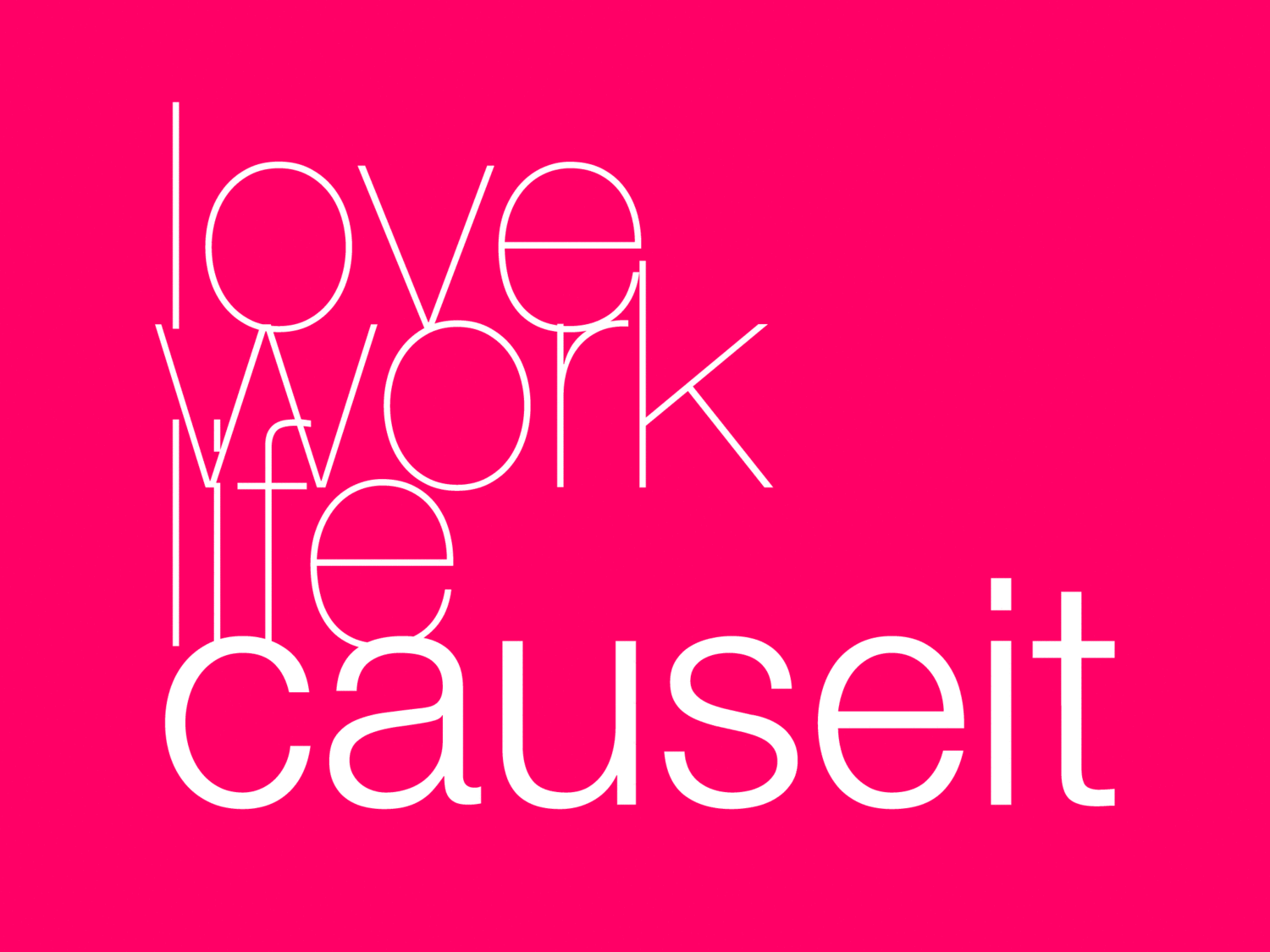Innovation in distribution has had incredible impact in the consumer goods market, especially enabled by platform-thinking and the Internet’s endless opportunities for personalized shopping.
Amazon is an obvious leader in this area of innovation, offering competitive pricing, consistent shipping policy, and other benefits to their customers while streamlining their own shipping and fulfillment processes through creation of a multi-sided platform and an innovative play which blends warehouse and wholesaler benefits with direct-to-consumer user experience.
Apple also created a unique opportunity for their brand with their boutique retail stores and highly-trained staff, after realizing that their products couldn’t communicate their intended value as presented on retail shelves at big electronics stores. In the past decade, Apple has successfully upgraded their brand’s image from a technical one which was favored mostly by design professionals to an image which seems to walk the line between usability and luxury. Most of this transformation was accomplished through careful curation of the Apple Store experience, a distribution and fulfillment play that has shown enormous benefits for the brand.
New models for processes and development such as Agile and Lean provide an environment in which individuals are empowered to make changes and efficiently launch improvements without the “Waterfall Effect” of previous project management techniques. Agile also avoids costly innovations which are based on ungrounded value propositions by attaching a specific user experience goal—a “story”—to each change, keeping the rapid-cycling process grounded in its ultimate purpose of improving usability and value.




